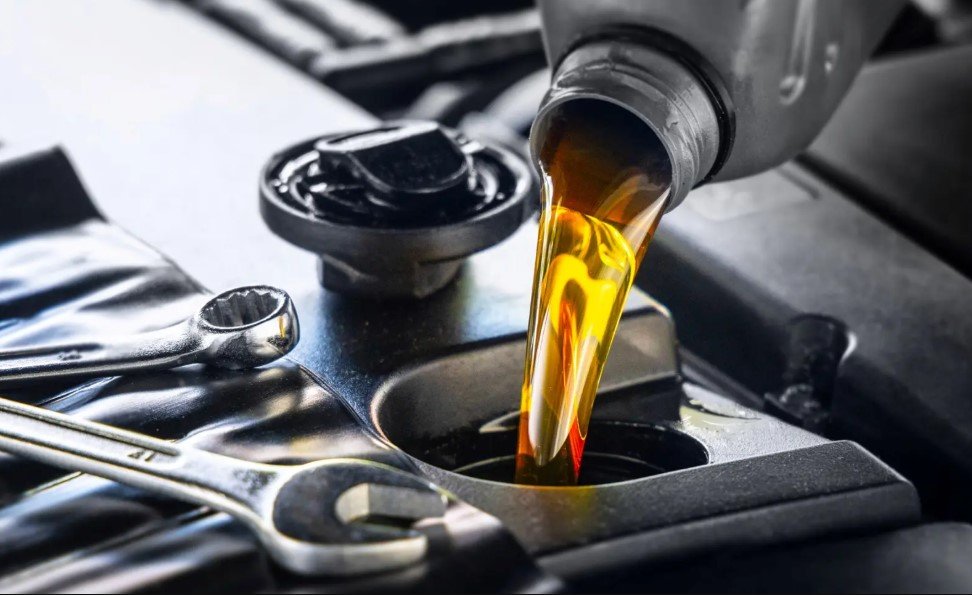Flow meters are vital flow measurement devices used to monitor control and measure flow rate accurately. They are commonly used in plants that treat water, refineries, and power generation plants. Systems in these plants operate at optimum levels when precise and accurate monitoring of fluid and gas flow.
However, several flow measurement applications require specific types of flow meters. Therefore, it is important to match the ideal flow meter with the right application. We have listed some of the highly used flow meters in this post and have outlined these flow meter types based on five categories. Read on for more information.
Differential Pressure Flow Meters Category
These types of flow meters are often used in the gas and refinery & oil industries. They are mainly used to measure flow rates in such applications. Many of these flow meter types consist of two main parts – the primary and secondary elements – just like other flow meters. The primary element in a pipe introduces flow construction when measuring flow. When this happens, differential pressure is created inside the pipe. The purpose of the secondary element is to measure the differential pressure and gate the accurate flow rate. Once the flow rate is established, it is displayed on the monitor of the flow meter.
Types of differential pressure flow meters used in various industries including:
- Venturi Tubes
- Orifices
- Flow tubes
- Elbow-tap meters
- Variable area flowmeters (rotameters)
- Target meters
- Flow nozzle
What will mainly determine the choice of flow meter in an application is the pipe size, the nature of the liquid, and flow condition.
Positive Displacement Flow Meters Category
When measuring the flow rate of viscous liquids, PD are ideal meters. These flow meters are designed to measure flow rate directly as the fluid or gas passes through the pipe. As fluid goes through the flow meter, the device traps it. Positive displacement flow meters are specifically designed to measure fluid flow in the petrochemical industry paints and adhesives. The benefits of using PD flow meters include a low-pressure group, high accuracy, and self-contained operations. They are quite durable; they are highly used in the petrochemical industry, chemical industry, and power generation.
Velocity Flow Meter Types
To get the best out of velocity flow meters, you need to use them in the oil refinery, wastewater treatment, power generation, and chemical industries. Based on the flow rate, velocity flow meters may be connected directly to function linearly. Fittings and flanges are distributed with units that are directly attached to pipelines. Benefits of these flow meters include: all flow rates have fixed pressure rate, reliable measurement over a wider range of temperature and pressure, and high accuracy of low-viscous fluids. Velocity flow meters come in many types, including electromagnetic, turbine, vortex shedding, Doppler ultrasonic, and paddlewheel flow meters.
Mass Flow Meter Types
A mass flow meter makes an ideal choice if you require precise measurement of the mass rate of liquids. While differential pressure flow meters measure flow rate as volumetric flow, mass flow meters measure flow as the mass flow rate of liquid that flows within a pipe. Mass flow meters are mainly used to measure a liquid whose velocity is different from its viscosity. Benefits of using these flow meters include extremely high accuracy and reliability of flow rate measurement over a wide range of temperatures and pressures. Two types of flow meters fall under the mass flow meters category: thermal and Coriolis mass flow meters.
Open Channel Meter Types
These types measure the flow rate of liquids flowing in an open channel. Such flow meter categories make it easier to precise flow measurement in canals, partially filled pipes, tunnels, rivers, and streams. In addition, they have several advantages, such as easy to install designs, high accuracy range, and versatile modular systems.
Conclusion
When using a flow meter, the best and desirable outcome is achieved by fusing the right type of flowmeter with the right application. Other factors to consider before buying flow meters include the geographical area, the condition and characteristics of the media, and the quality of the flow meter.





